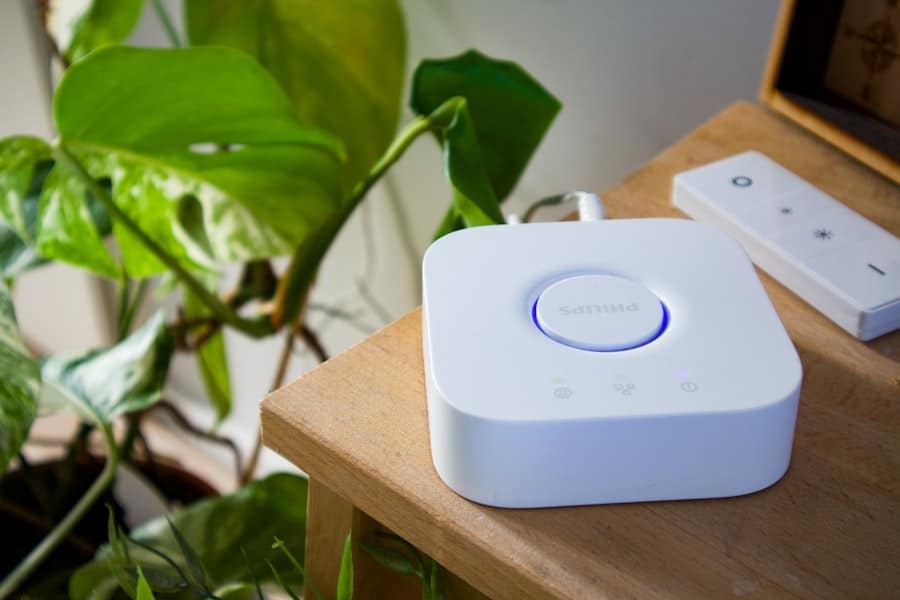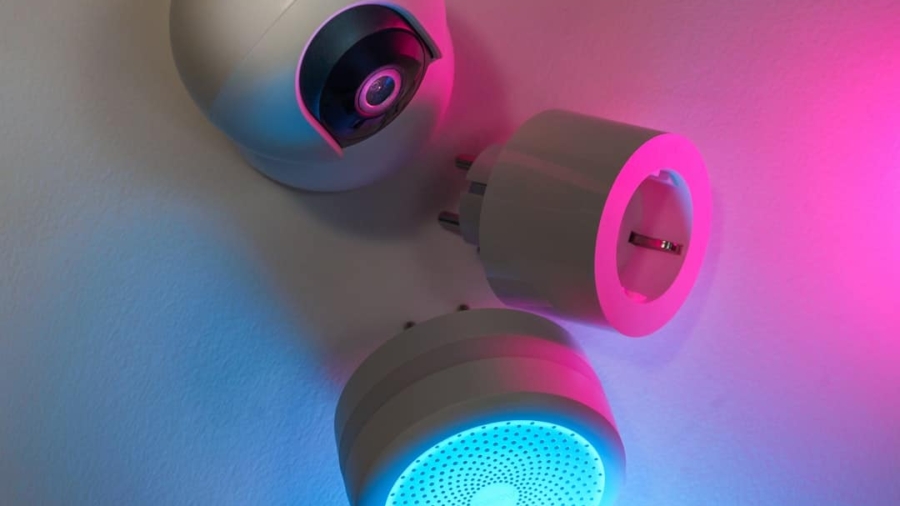In recent years, the concept of multi-generational households has gained significant traction, reflecting broader societal shifts in family dynamics and living arrangements. A multi-generational household typically includes three or more generations living under one roof, such as grandparents, parents, and children. This arrangement can arise from various factors, including economic considerations, cultural traditions, and the desire for familial support.
In many cultures, particularly in Asia and Latin America, multi-generational living is a longstanding tradition that fosters close-knit family ties and shared responsibilities. However, in Western societies, this trend has seen a resurgence due to rising housing costs, increased life expectancy, and the need for caregiving support. The implications of multi-generational living extend beyond mere cohabitation; they encompass emotional, social, and economic dimensions.
Families often find that living together can enhance relationships, provide emotional support, and facilitate childcare. However, the complexities of such arrangements can also lead to challenges related to privacy, space management, and differing lifestyles.
Key Takeaways
- Multi-generational households are becoming increasingly common, with multiple generations living under one roof.
- Home automation can benefit multi-generational households by providing convenience, safety, and accessibility for all family members.
- Implementing home automation in multi-generational households may pose challenges such as technological literacy and differing preferences among generations.
- Customizing home automation solutions for different generations is essential to ensure that everyone can benefit from and feel comfortable with the technology.
- Voice control and AI play a significant role in making home automation accessible and user-friendly for all generations in a multi-generational household.
The Benefits of Home Automation for Multi-Generational Households
Enhanced Safety and Security
Smart home devices such as security cameras, motion detectors, and smart locks can provide peace of mind for all family members. For instance, elderly grandparents may feel more secure knowing that they can monitor their surroundings through a smartphone app or receive alerts if unusual activity is detected. This added layer of security not only protects physical assets but also fosters a sense of safety among family members.
Streamlined Daily Routines and Improved Accessibility
Home automation can also streamline daily routines and improve accessibility for individuals of varying ages and abilities. For example, smart lighting systems can be programmed to turn on automatically at specific times or in response to motion, reducing the risk of falls for older adults who may have mobility issues.
Promoting Independence and Comfort
Similarly, smart thermostats can adjust temperatures based on preferences or occupancy patterns, ensuring comfort for everyone in the household. These conveniences not only enhance the quality of life but also promote independence among older generations while allowing younger family members to focus on their responsibilities without constant worry.
Challenges and Considerations for Implementing Home Automation in Multi-Generational Households

While the benefits of home automation are substantial, implementing these technologies in multi-generational households is not without its challenges. One significant hurdle is the varying levels of technological proficiency among different generations. Older adults may be less familiar with new technologies and may require additional training or support to effectively use smart devices.
This disparity can lead to frustration and resistance to adopting new systems, which can hinder the overall effectiveness of home automation solutions. Another consideration is the potential for conflicts arising from differing preferences and lifestyles within the household. For instance, younger family members may prefer a more tech-savvy approach to home management, while older generations might favor traditional methods.
Striking a balance between these differing viewpoints is crucial for successful implementation. Engaging all family members in discussions about their needs and preferences can help create a more harmonious environment where everyone feels included in the decision-making process regarding home automation.
Customizing Home Automation Solutions for Different Generations
To maximize the benefits of home automation in multi-generational households, it is essential to customize solutions that cater to the unique needs of each generation. For younger family members, features such as smart entertainment systems, energy management tools, and advanced security options may be prioritized. These individuals often seek convenience and efficiency in their daily lives, making it essential to integrate technology that aligns with their fast-paced lifestyles.
Conversely, older generations may prioritize ease of use and accessibility features. For example, voice-activated devices can be particularly beneficial for seniors who may struggle with small screens or complex interfaces. Customizing home automation solutions to include large buttons or simplified controls can also enhance usability for older adults.
Additionally, incorporating health monitoring systems that track vital signs or medication schedules can provide peace of mind for both seniors and their caregivers. By tailoring technology to meet the diverse needs of all family members, households can create an inclusive environment that fosters collaboration and support.
The Role of Voice Control and AI in Multi-Generational Home Automation
Voice control technology and artificial intelligence (AI) play pivotal roles in enhancing home automation for multi-generational households. Voice-activated assistants like Amazon Alexa or Google Assistant offer a user-friendly interface that transcends generational gaps. For older adults who may find traditional remote controls or smartphone apps challenging to navigate, voice commands provide an intuitive way to interact with smart devices.
They can easily adjust lighting, control thermostats, or even make phone calls simply by speaking. AI further enhances this experience by learning user preferences over time.
This personalization allows family members to receive information or control devices in ways that suit their specific needs. Additionally, AI-driven systems can analyze patterns in household activity and suggest optimizations for energy use or security measures based on historical data. By leveraging voice control and AI technologies, multi-generational households can create a seamless living experience that accommodates the diverse needs of all family members.
Privacy and Security Concerns in Multi-Generational Home Automation

Privacy Concerns in the Age of Smart Devices
As with any technological advancement, privacy and security concerns are paramount when implementing home automation in multi-generational households. The integration of smart devices often involves collecting personal data to function effectively, raising questions about how this information is stored and used. Family members must be aware of potential vulnerabilities associated with connected devices, such as hacking or unauthorized access to personal information.
Establishing Clear Guidelines for Device Usage and Data Sharing
To mitigate these risks, it is essential to establish clear guidelines regarding device usage and data sharing within the household. Families should engage in open discussions about privacy concerns and ensure that all members understand how to secure their devices properly. This may include setting strong passwords, enabling two-factor authentication, and regularly updating software to protect against potential threats.
Fostering a Culture of Security Awareness
By fostering a culture of security awareness within the household, families can enjoy the benefits of home automation while minimizing risks associated with privacy breaches.
The Future of Home Automation in Multi-Generational Households
The future of home automation in multi-generational households appears promising as technology continues to evolve at an unprecedented pace. Innovations such as advanced robotics and IoT (Internet of Things) integration are set to revolutionize how families interact with their living spaces. For instance, robotic assistants could help with household chores or provide companionship for older adults who may experience loneliness or isolation.
Moreover, advancements in health monitoring technologies will likely play a crucial role in supporting aging family members within multi-generational homes. Wearable devices that track health metrics can seamlessly integrate with home automation systems to alert caregivers about potential health issues or emergencies. This proactive approach not only enhances safety but also empowers families to take a more active role in managing their loved ones’ well-being.
As society continues to embrace multi-generational living arrangements, the demand for tailored home automation solutions will only increase. Companies specializing in smart home technologies will likely focus on developing products that cater specifically to the needs of diverse family structures. This evolution will pave the way for more inclusive designs that prioritize accessibility and ease of use across generations.
Embracing the Potential of Home Automation for Multi-Generational Living
The integration of home automation into multi-generational households presents an exciting opportunity to enhance the quality of life for families navigating complex living arrangements. By addressing safety concerns, streamlining daily routines, and fostering communication among family members, technology has the potential to transform how generations coexist under one roof. As families continue to adapt to changing societal norms and economic realities, embracing innovative solutions will be key to creating harmonious living environments that support all members—regardless of age or ability.
In this evolving landscape, it is essential for families to engage in open dialogues about their needs and preferences regarding technology adoption. By customizing solutions that cater to diverse generational requirements and prioritizing privacy and security concerns, households can harness the full potential of home automation. As we look toward the future, it is clear that technology will play an increasingly vital role in shaping multi-generational living experiences—creating spaces where families can thrive together while embracing the benefits of modern innovation.
In a world where technology continues to shape our daily lives, the future of home automation in multi-generational households is becoming increasingly important. As families look for ways to streamline their routines and improve communication, smart home devices are playing a crucial role in creating a more connected living environment. For those interested in exploring the latest advancements in artificial intelligence, the best AI video generator software can offer innovative solutions for creating engaging content. Additionally, the Samsung Galaxy Book2 Pro provides a powerful tool for boosting productivity and staying connected on the go. With tools like NeuronWriter SEO NLP Optimization, families can also enhance their content and reach a wider audience online. As technology continues to evolve, the possibilities for creating a more efficient and harmonious multi-generational household are endless.
FAQs
What is home automation?
Home automation refers to the use of technology to control and automate household systems and appliances, such as lighting, heating, air conditioning, security, and entertainment.
What are multi-generational households?
Multi-generational households are households that include two or more generations living together, such as grandparents, parents, and children.
How does home automation benefit multi-generational households?
Home automation can benefit multi-generational households by providing convenience, safety, and accessibility for all members of the household, regardless of age or ability.
What are some common home automation technologies for multi-generational households?
Common home automation technologies for multi-generational households include smart thermostats, smart lighting, smart locks, video doorbells, voice assistants, and remote monitoring systems.
How can home automation accommodate the needs of different generations in a household?
Home automation can accommodate the needs of different generations in a household by offering customizable and adaptable features, such as voice control for those with mobility issues, remote monitoring for caregivers, and automated lighting and temperature control for comfort and energy efficiency.
What are the potential challenges of implementing home automation in multi-generational households?
Potential challenges of implementing home automation in multi-generational households include the cost of installation and equipment, the learning curve for older generations who may be less familiar with technology, and the need for privacy and security measures to protect sensitive information.

